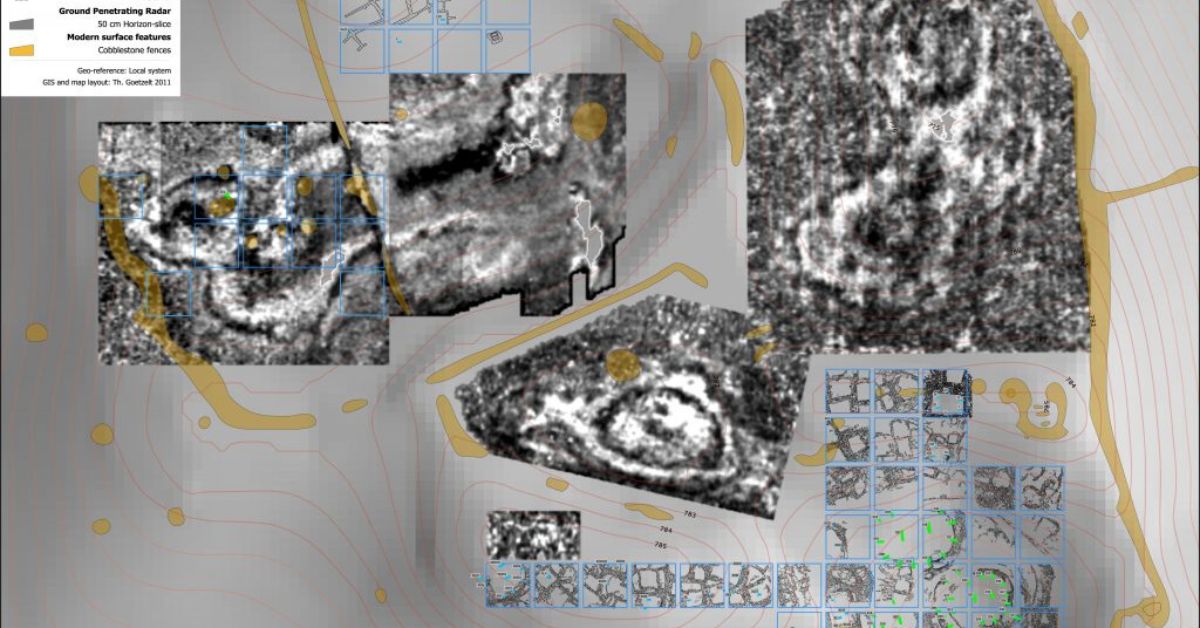The field of archaeology continues to reshape humanity’s understanding of ancient history through groundbreaking revelations. Recent excavations and scientific advancements are revealing new details about early civilizations. Researchers are revealing new details about daily life, social dynamics, cultural practices, and political systems. With the help of cutting-edge technology, they can now access information once believed to be out of reach. These discoveries provide a glimpse into the past and offer essential insights into the foundations of modern societies.
Expert Perspectives: A Scientific Revolution in Archaeology
Prof. Dr. Elizabeth Carter, a leading Near Eastern archaeology specialist at UCLA’s Cotsen Institute of Archaeology, highlighted the transformative role of modern innovation.
“Artificial intelligence and 3D modeling have revolutionized how we analyze excavation data,” she said. “These tools let us reconstruct ancient social hierarchies, artistic traditions, and cultural identities with unmatched precision. We’re experiencing a major shift in how we interpret humanity’s earliest chapters.”
Dr. Jonathan Hensley, an archaeologist at the University of Oxford, also stressed the value of decoding ancient texts.
“Newly decoded inscriptions from Mesopotamia and Egypt are reshaping our understanding of political alliances and trade networks,” he explained. “These findings challenge long-held beliefs and reveal just how interconnected ancient societies truly were. Their full impact will unfold over the coming decades.”
Key Discoveries Redefining History
Göbeklitepe’s Hidden Complexity
Recent excavations are rewriting the narrative, revealing that Göbeklitepe wasn’t just a ritual hub; it was a bustling, year-round settlement. The site’s towering T-shaped pillars, adorned with intricate carvings, now suggest a community that seamlessly blended the sacred with the everyday—challenging long-held beliefs about the origins of organized society and predating the rise of agriculture.
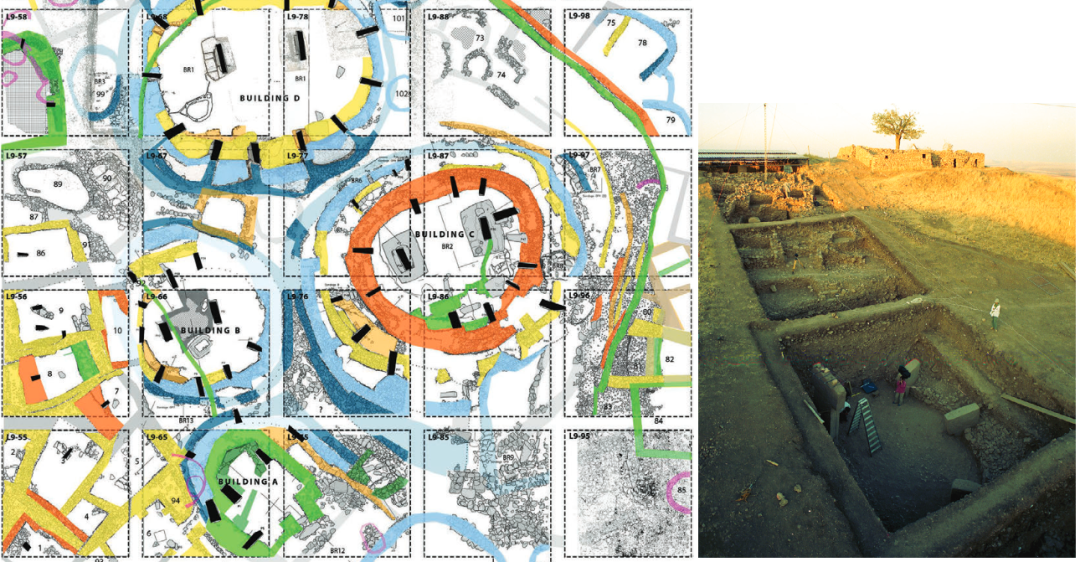
Pompeii’s Urban Secrets
Newly unearthed streets in Pompeii offer fresh insights into Roman urban planning. Preserved shops, frescoes, and drainage systems provide a vivid glimpse of daily life, frozen in time by Mount Vesuvius’ eruption.

Egyptian Inscriptions Decoded
Recent translations of hieroglyphs near Luxor expose the advanced bureaucracy and wide-ranging trade networks of Old Kingdom Egypt, underscoring the Nile Valley’s role as a hub of ancient commerce.
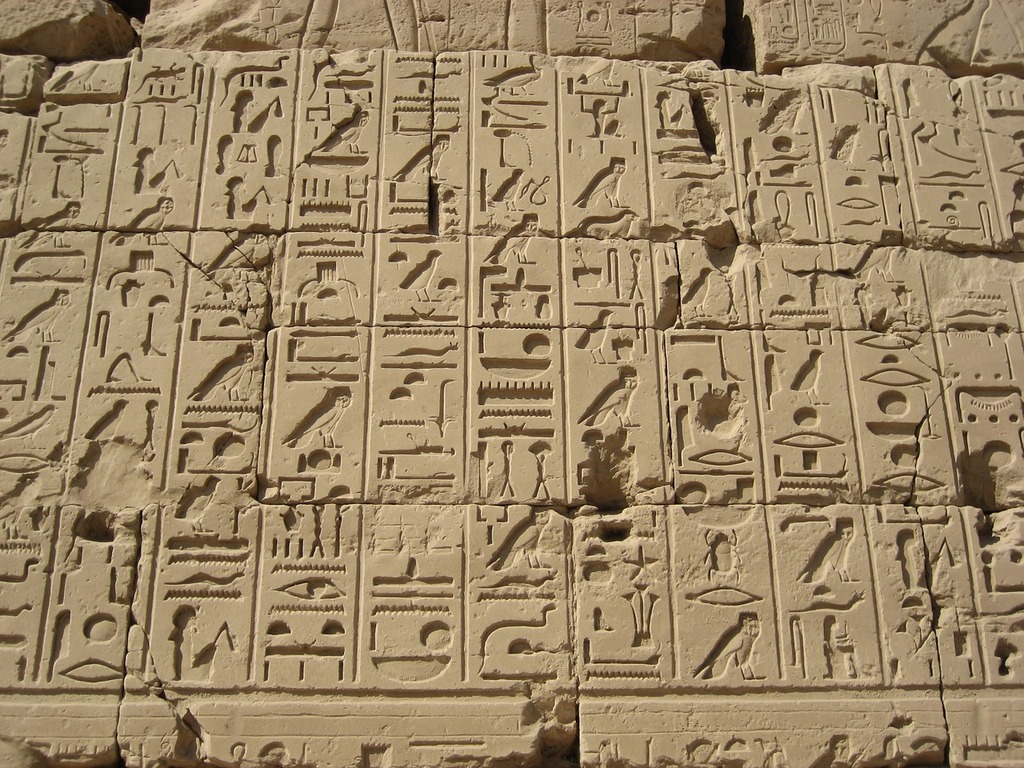
Viking Women in Power
DNA analysis of Viking graves in Scandinavia has confirmed the presence of female warriors and leaders. Accompanying artifacts—such as weapons and ceremonial attire—reveal the significant political and ritual roles women held.
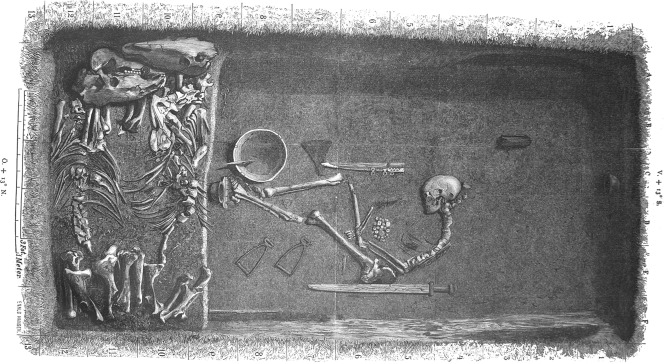
Mesopotamian Legal Insights
Newly deciphered cuneiform tablets from Sumer detail progressive legal practices, including property rights and contract law. These records highlight the complexity of one of the world’s earliest judicial systems.
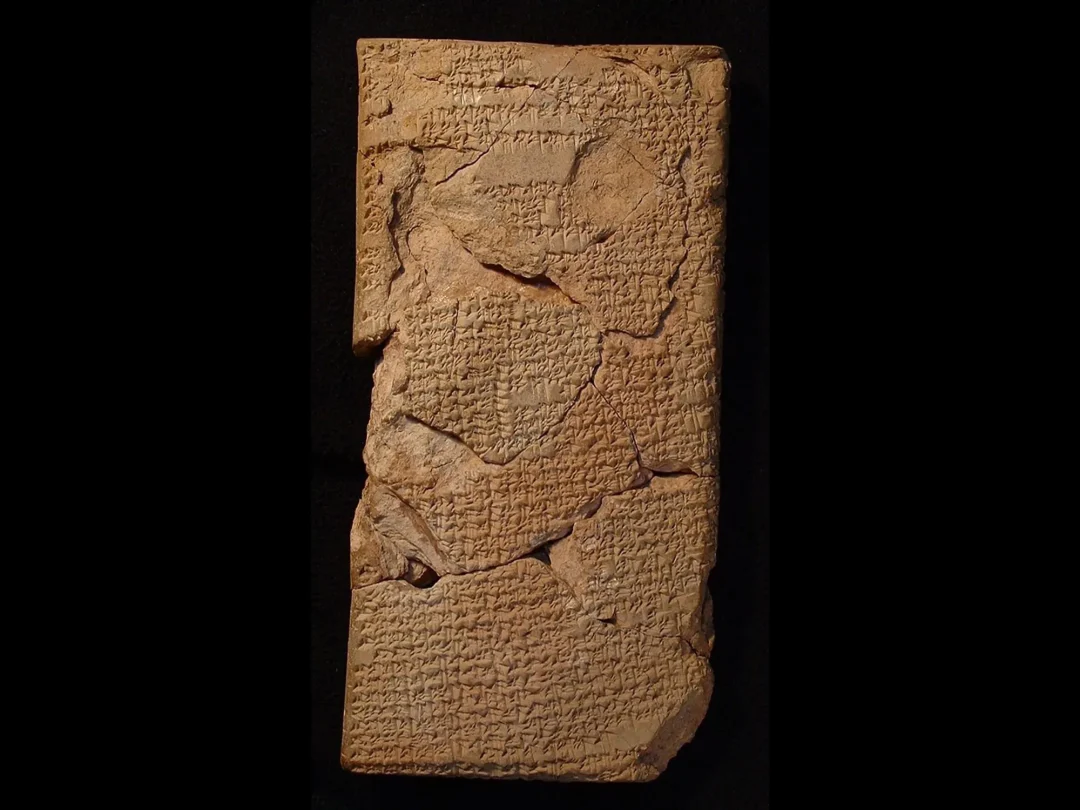
The Future of Archaeology: Bridging Past and Present
These discoveries do more than expand historical knowledge—they redefine humanity’s collective narrative. By merging advanced technologies like LiDAR scanning, isotopic analysis, and machine learning with traditional fieldwork, archaeologists are piecing together a more nuanced mosaic of ancient life.
Dr. Carter underscores the interdisciplinary potential:
“Imagine applying AI to predict excavation sites or using virtual reality to ‘walk’ through digitally reconstructed cities. We’re on the brink of a new era where technology breathes life into the static remnants of history.”
Conclusion: Illuminating Tomorrow Through Yesterday
As each artifact and inscription emerges from the earth, it challenges preconceived notions and enriches our grasp of human ingenuity. From Göbeklitepe’s enigmatic rituals to Mesopotamia’s legal brilliance, these findings forge a scientific bridge across millennia. In the words of Dr. Hensley:
“Archaeology is no longer just about the past—it’s a lens to understand our present and inspire future innovation. Every shard of pottery, every etched tablet, adds a verse to the epic poem of human existence.”
The search to uncover ancient mysteries continues. It promises not only to reshape history but also to reveal the shared roots of our global heritage.

